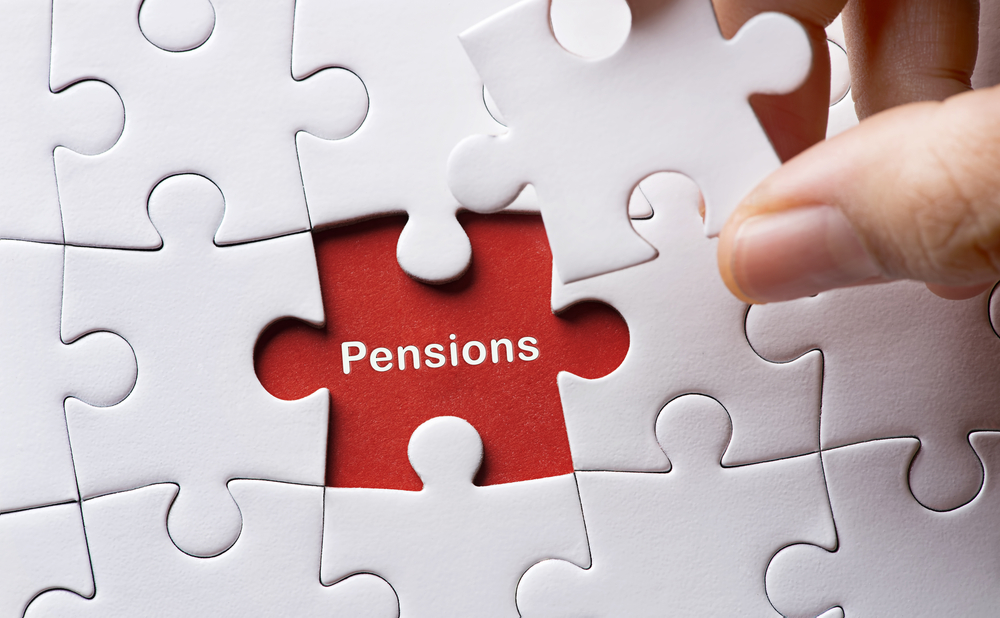News
Over-50s returning to work: Five pension need to knows

The Government is looking at ways to entice the over-50s back into work after swathes left during the pandemic. If you’re reconsidering re-joining the workforce, here are five essential pension tips.
An estimated 200,000 over-50s left the workforce during the pandemic, deciding to take early retirement, with redundancy and long-term ill health a contributing factor.
But as the cost-of-living crisis deepens and while the Government is reportedly looking at ways to entice this group back into employment, there are pension implications for those choosing to return.
Kate Smith, head of pensions at Aegon, said: “Since the pandemic we’ve seen a worrying increase in the number of economically inactive people, those neither in work nor actively seeking work, particularly in the 50 to 64 age group.
“Thousands of this group, largely men, were exiting the workforce, many to retire. As the Government focuses on economic growth – which will in part be reliant on getting the over-50s back in work – returning to pre-pandemic levels will be important.”
For those over-50s heading back to work, Smith explains that your employer will auto-enrol you in its workplace pension as soon as you meet the eligibility criteria; that is, aged between 22 and state pensions age, earning £10,000 a year and usually working in the UK.
The minimum auto-enrolment contribution is 8%, with 4% paid by the employee, 1% from the Government and 3% from the employer (basic rate tax relief on personal contributions).
Below she lists five pension need to knows for over-50s returning to the workforce:
1) How much can you save in your pension?
Check how much you can save in your pension. Ordinarily, you can save a maximum £40,000 (or 100% of your earnings if lower) tax-free in a defined contribution pension.
However, if you’ve already flexibly accessed income from your pension, then the maximum you can normally save tax efficiently in a pension reduces by 90% from £40,000 to £4,000 a year.
This is because of Money Purchase Annual Allowance (MPAA rules) which restricts the amount of tax relief given on future pension contributions. This is to stop pension ‘recycling’ where people essentially gain double tax relief.
The £4,000 figure includes your own and employer’s pension contributions and any money paid into your pension by a third party.
2) Is there a waiting period before you’re auto-enrolled?
Find out if your new employer operates a waiting period before auto-enrolling you into its workplace pension scheme. This can be up to three months, and if this is the case, your pension scheme start date will be delayed, and you won’t receive employer pension contributions during this period.
Instead you can chose to opt-in to the workplace pension scheme during the waiting period, pay pension contributions, and depending on your earnings, also receive an employer pension contribution.
3) Employer contributions
Find out if your employer pays more than the 3% auto-enrolment minimum pension contribution and matches your pension contributions if you pay in more too.
4) Does your employer offer salary sacrifice?
Find out if you can pay your own pension contributions using salary sacrifice, a very tax efficient way of saving for your retirement.
This is where your employer offers you the option to exchange some of your salary in return for a pension contribution, which the employer then pays into your pension scheme along with their pension contribution.
As you’ll effectively have a lower salary, you’ll pay less income tax, and both you and your employer will pay lower National Insurance contributions. Your employer may also share some or all of their National Insurance savings with you and pay them into your pension scheme.
5) Select a realistic retirement date and risk appetite
Check where your contributions will be invested and select a realistic retirement date when you want to access your pension.
Once auto-enrolled, your pension contributions will initially be paid into the scheme’s default fund. These are designed for savers who don’t want to make investment decisions, and automatically manage your investment strategy, but may not meet your needs.
As you get closer to your retirement date, the investment fund mix gradually moves from a mix of growth assets such as stocks and shares to lower risk assets such as gilts (bonds). Alternatively, you can choose how your pension is invested.